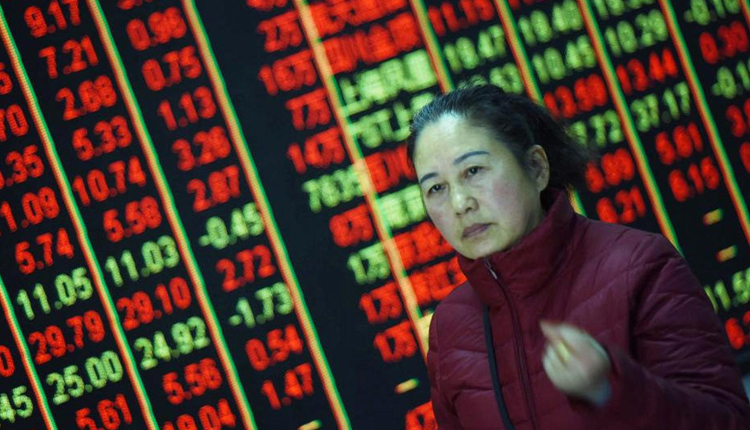Asian markets were mixed on Thursday as investors digested an acknowledgment by the Federal Reserve that inflation had moved nearer its target, and U.S.-China trade talks taking place on Thursday and Friday.
South Korea’s Kospi index came under slight pressure, with the benchmark slipping 0.4 percent while the junior Kosdaq edged higher by 0.2 percent. Banks and manufacturing names mostly traded lower, while automakers and technology stocks eked out some gains.
Down Under, the S&P/ASX 200 climbed 0.86 percent amid broad-based gains seen in all of its subindexes, with the consumer and materials sectors among the best performers.
Greater China markets were in negative territory, with Hong Kong’s Hang Seng Index falling 1.66 percent and leading losses in the region. Negativity in the financials and technology sectors, which were down 1.66 percent and 1.87 percent respectively, weighed.
Declines on the mainland were shallower: The Shanghai composite edged down by 0.16 percent and the Shenzhen composite declined 0.24 percent.
MSCI’s broad index of shares in Asia Pacific excluding Japan traded lower by 0.53 percent in afternoon trade. Markets in Japan were closed on Thursday.
Investors also digested the Fed’s decision to keepinterest rates unchanged, a move that was widely expected. The central bank noted that inflation was starting to inch higher.
In its post-meeting statement, the central bank’s Federal Open Market Committee said “overall inflation and inflation for items other than food and energy have moved close to 2 percent.” That was an upgrade from its March meeting, when the committee noted that the indicators had “continued to run below 2 percent.”
Investors had been awaiting the Fed’s statement for clues on its outlook on inflation and the economy.
“The FOMC statement reinforced market expectation for another 25 basis points rate rise in its June meeting,” Tai Hui, chief market strategist at J.P. Morgan Asset Management, said in a note.
Trade will also be in focus as a U.S. delegation begins negotiations with their Chinese counterparts on Thursday and Friday in Beijing. Treasury Secretary Steve Mnuchin, Commerce Secretary Wilbur Ross and Trade Representative Robert Lighthizer are among the U.S. officials participating in the meeting.
“[T]he mood music coming out isn’t great … as they continue to stress that they will return early if they do not think there is much promise of progress,” Robert Carnell, Asia Pacific head of research at ING, said in a note.
“This could be a market mover in either direction. But more likely down,” he added.
The mixed performance in Asia came after U.S. stocks finished the day in negative territory despite strong earnings releases stateside.
National Australia Bank announced earlier that its first-half cash profit declined 16 percent. Reuters said the fall came as the bank recorded costs associated with restructuring. Shares were lower by 0.68 percent.
Of note, Chinese smartphone maker Xiaomi on Thursday filed an initial public offering application in Hong Kong. In the filing, the company reported revenue rose 68 percent to 114.6 billion yuan ($18 billion) in 2017 and a net loss of 43.9 billion yuan ($6.9 billion) for the period.
In currencies, the dollar index, which tracks the U.S. currency against six major peers, traded at 92.540 at 12:10 p.m. HK/SIN, below the 92.8 handle touched on Wednesday but still near four-month highs. The dollar index initially dipped in reaction to the Fed’s statement in the last session, but later pared some of those losses.
Against the yen, the dollar softened to trade at 109.65.
Oil prices edged lower on Thursday following a larger-than-expected increase in U.S. crude inventories: U.S. crude futures shed 0.15 percent to trade at $67.83 per barrel and Brent crude futures for July delivery slipped 0.26 percent to trade at $73.17.


